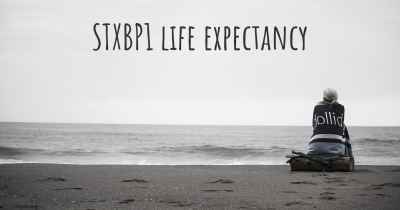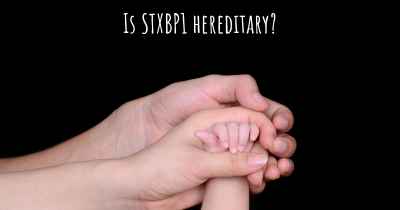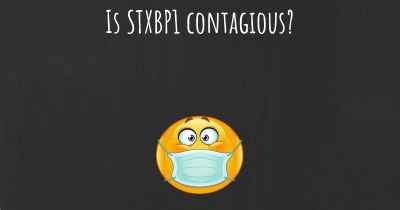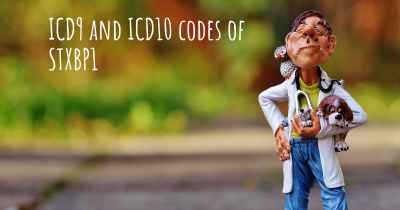Which are the symptoms of STXBP1?
See the worst symptoms of affected by STXBP1 here
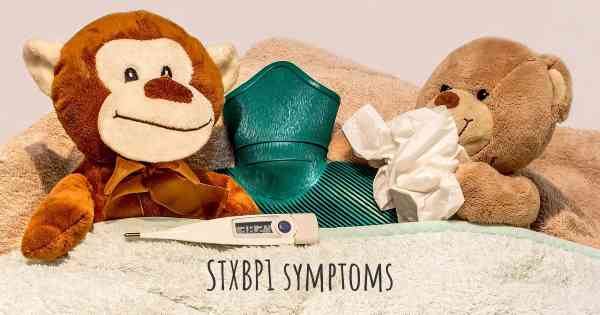
STXBP1, also known as Syntaxin Binding Protein 1, is a rare genetic disorder that affects the brain and nervous system. It is caused by mutations in the STXBP1 gene, which plays a crucial role in the release of neurotransmitters, the chemical messengers that allow communication between nerve cells.
Individuals with STXBP1 often experience a range of symptoms that can vary in severity. The onset and progression of symptoms can also differ from person to person. Some of the most common symptoms associated with STXBP1 include:
- Developmental Delay: Children with STXBP1 typically experience delays in reaching developmental milestones such as sitting, crawling, walking, and talking. The delay may be mild to severe, and some individuals may never acquire certain skills.
- Intellectual Disability: The majority of individuals with STXBP1 have some level of intellectual disability. The severity can range from mild to profound, affecting cognitive abilities, learning, and problem-solving skills.
- Epilepsy: Seizures are a common feature of STXBP1. They often begin in infancy or early childhood and can be difficult to control with medication. Seizure types can vary and may include focal seizures, generalized tonic-clonic seizures, or atypical absence seizures.
- Movement Disorders: Many individuals with STXBP1 experience abnormal movements or motor difficulties. These can include involuntary muscle contractions (dystonia), repetitive movements (stereotypies), tremors, or difficulties with coordination and balance.
- Speech and Language Impairment: Communication difficulties are common in individuals with STXBP1. They may have limited speech or be nonverbal, relying on alternative forms of communication such as gestures, signs, or assistive devices.
- Behavioral Issues: Some individuals with STXBP1 may exhibit behavioral challenges, including hyperactivity, impulsivity, aggression, self-injurious behaviors, or autistic-like behaviors such as repetitive movements or difficulties with social interaction.
- Sleep Disturbances: Sleep problems are frequently reported in individuals with STXBP1. These can include difficulties falling asleep, frequent night awakenings, or abnormal sleep patterns.
It is important to note that while these symptoms are commonly associated with STXBP1, not all individuals will experience every symptom, and the severity can vary widely. Additionally, individuals with STXBP1 may also have other medical issues such as gastrointestinal problems, respiratory difficulties, or vision impairments.
Diagnosis of STXBP1 is typically confirmed through genetic testing, which identifies mutations in the STXBP1 gene. Early diagnosis is crucial for appropriate management and intervention strategies.
Treatment for STXBP1 is primarily focused on managing the symptoms and providing supportive care. This may involve a multidisciplinary approach, including medications to control seizures, physical and occupational therapy to address movement difficulties, speech therapy to improve communication skills, and behavioral interventions to manage challenging behaviors.
Research into STXBP1 is ongoing, and advancements in understanding the disorder may lead to potential targeted therapies in the future. Supportive resources and communities are available to assist individuals and families affected by STXBP1, providing valuable information, support, and a sense of belonging.
Posted Mar 26, 2017 by Aparker77 1002
Posted Jun 24, 2018 by Jaylenesmommy 2500
Posted Jan 18, 2020 by Eva 500
Posted Mar 26, 2017 by Julio Angel 1000
